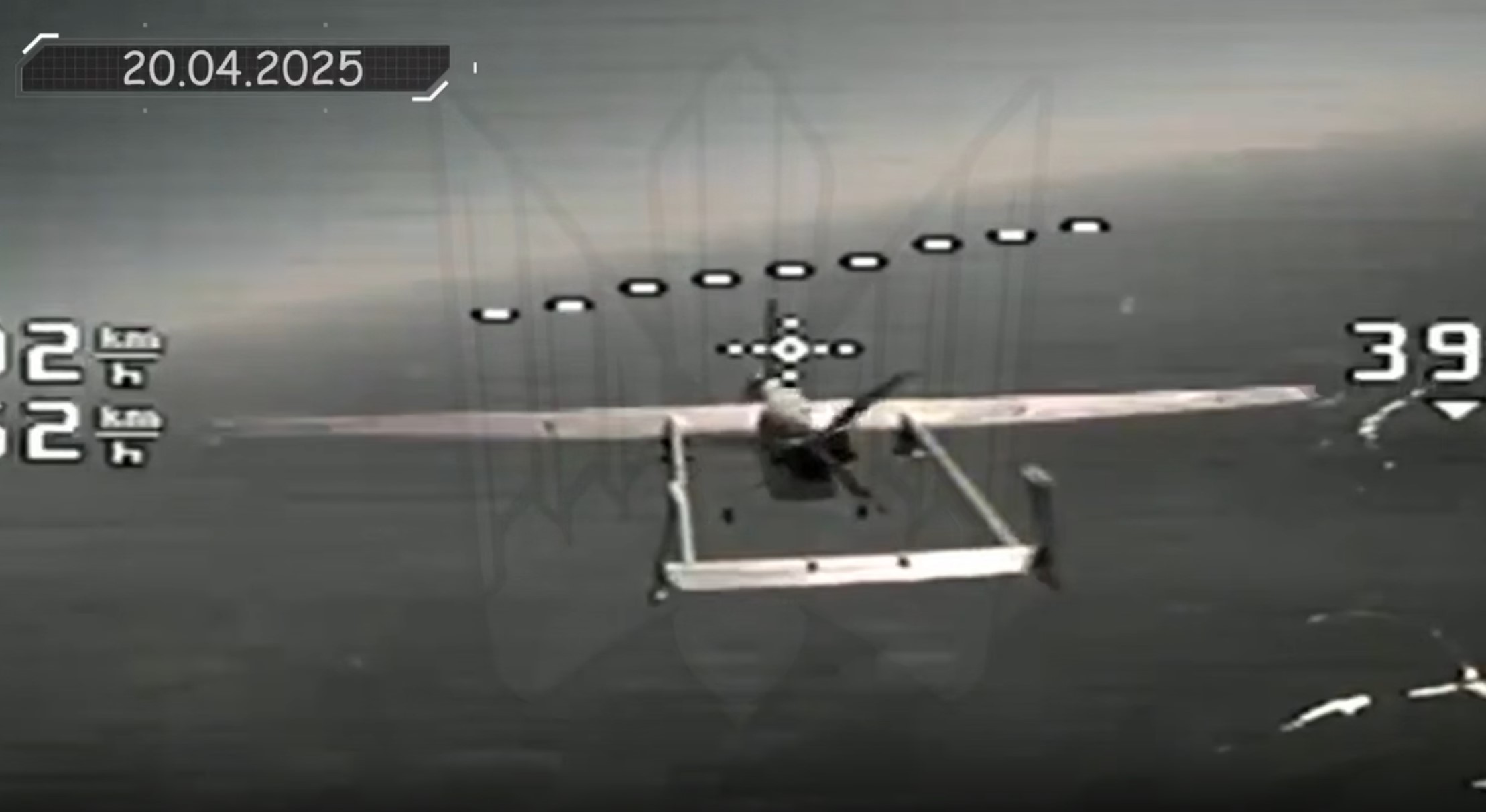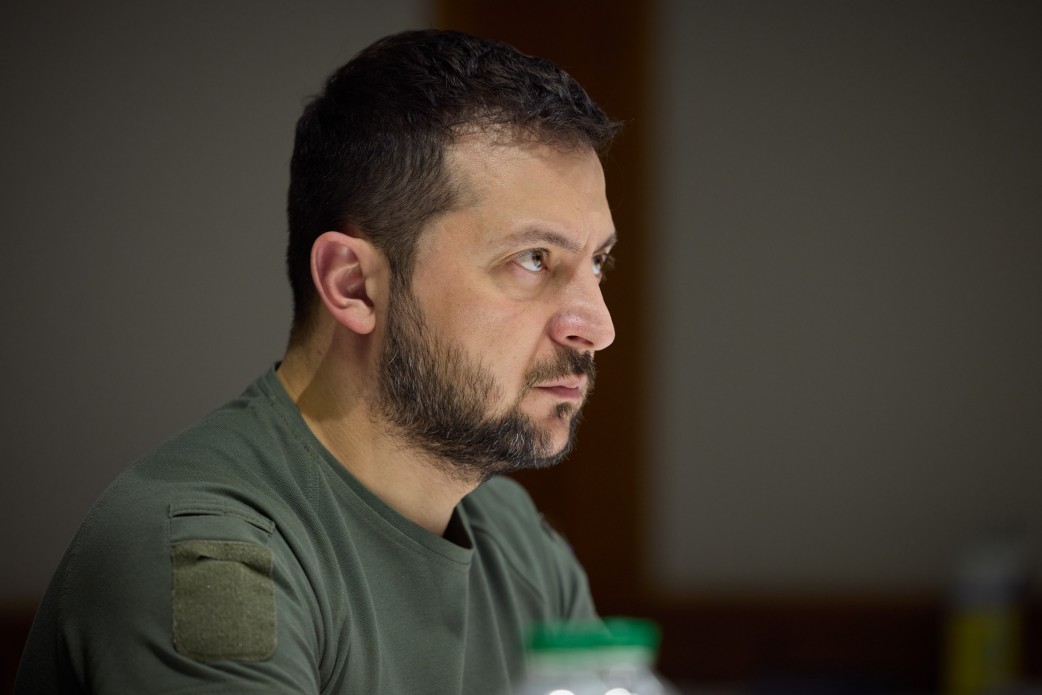A small Ukrainian First-Person-View (FPV) interceptor drone has successfully struck a Russian Forpost-R reconnaissance aircraft, according to footage released by Ukraine's Birds of Magyar unit.
The interception, which took place at approximately 13,000 feet (3,960 meters), represents a notable achievement in the evolving landscape of aerial combat, Forbes reports. The $2,000 Ukrainian interceptor damaged or potentially destroyed a Russian drone valued at around $7 million. The incident occurred over Easter weekend, when Russian operators reportedly decided to carry out a strike using the Forpost armed with two KAB-20 laser-guided bombs weighing 45 pounds (20 kg) each, despite a supposed ceasefire.
"This is a remarkable cost-exchange ratio that highlights the asymmetric advantages smaller, cheaper drones can have against larger, more expensive systems," notes David Hambling, Forbes' technology correspondent.
The Forpost-R, a Russian-made licensed copy of the Israeli IAI Searcher II drone that first flew in 1998, is one of Russia's largest unmanned aerial vehicles with a wingspan of over 34 feet (10.4 meters) and a takeoff weight exceeding 1,100 pounds (500 kg). The aircraft can carry out long-endurance reconnaissance missions with a flight time of more than 18 hours and a ceiling of 18,500 feet (5,640 meters).
"It is still an oddity that Russia employs the Israeli-descended Forpost next to its Iranian Shaheds, highlighting gaps in Russia's own drone design capability," Hambling points out.

Commander scores direct hit
Robert Brovdi, commander of the Birds of Magyar unit (known by his callsign "Magyar"), posted video of the interception on his Telegram channel, claiming the FPV was personally piloted by the commander of the unit's interceptor division. The footage shows the Ukrainian drone approaching the Forpost's tail before the video cuts out, presumably when the interceptor's warhead detonated.
Brovdi reported that the Forpost was damaged and tracked by radar to where it came down over Russian territory. However, Russian Telegram channels have disputed this account, claiming the drone landed safely.
"The increasing speed, range and effectiveness of interceptors, coupled with the increased coverage and accuracy of detection systems, will make it increasingly difficult for anything to survive in unfriendly airspace," Hambling notes.
The Forpost-R is normally a propeller-driven aircraft that cruises between 70-90 mph (112-145 km/h) with a maximum speed of 120 mph (193 km/h), making it vulnerable to faster and more agile interceptors.
Cheap drones, big impact
This incident parallels recent reports of Houthi forces downing multiple US MQ-9 Reaper drones, which Hambling notes are "relatively low-speed, low-agility aircraft without stealth or other defensive aides, which has little chance of surviving in air-to-air combat of any sort."
The Birds of Magyar unit has established itself as one of Ukraine's most successful drone operations. Initially created by Brovdi as a volunteer drone platoon in 2022, it has since expanded to regiment size, largely due to its rapid adoption of new drone technologies, including aerial interceptors specifically designed to counter Russian drones.
According to the unit, they lost 228 small reconnaissance drones in April alone, with each drone surviving an average of 45 flights. However, given their relatively low cost of a few thousand dollars each, they are considered "attritable assets" with expected losses and steady replacement flows.
Hambling concludes that looking ahead, "larger drones may need to be better protected, which will add to the cost, or made more affordable... or [they may] become motherships, remaining at long range and launching small attritable or expendable drones into enemy territory."





